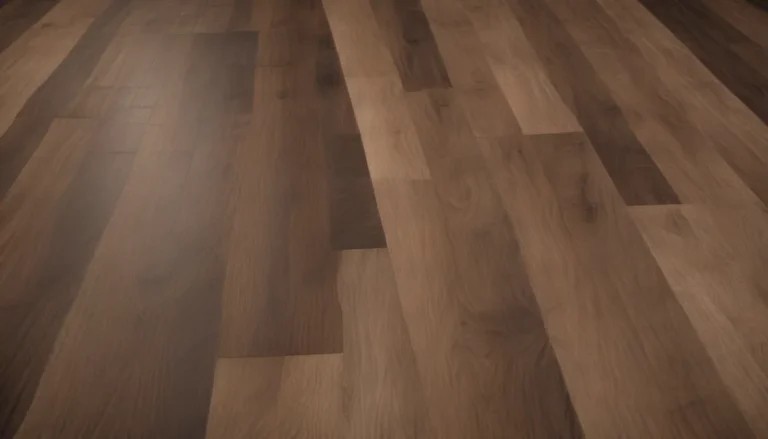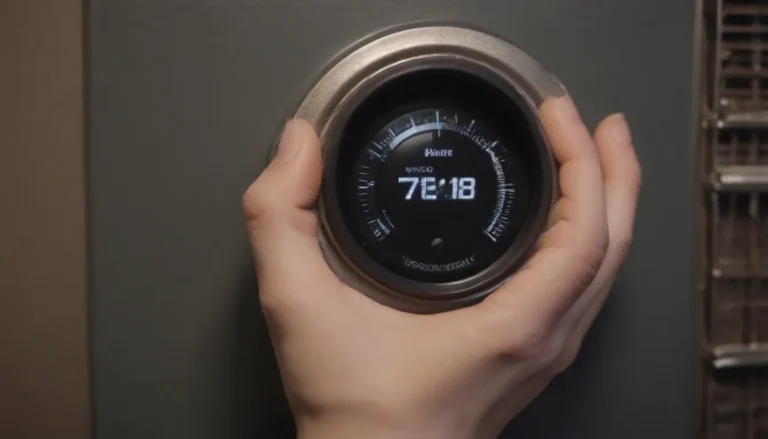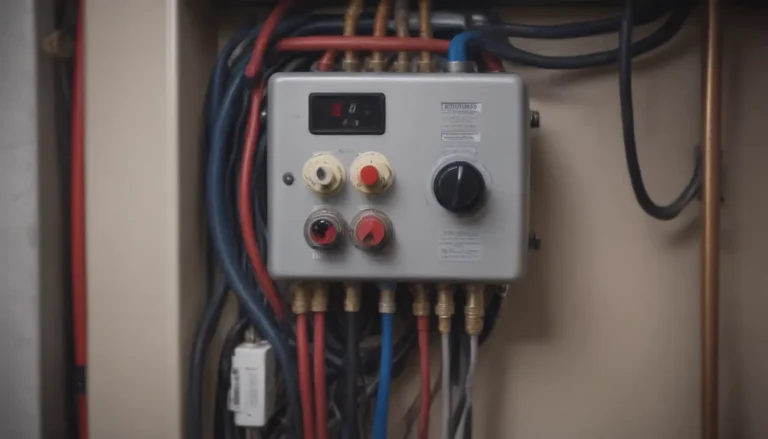Solutions for Fogged Windows: Understanding and Repairing Insulated Glass Units

Fogged windows can be a bothersome issue for homeowners, especially when it comes to insulated glass units (IGUs) that are designed to provide energy efficiency. These windows are commonly known as thermal windows and play a crucial role in maintaining a comfortable indoor environment. When moisture gets trapped between the glass panes of an IGU, it can result in visible fog on the inside of the window. This trapped moisture can compromise the efficiency of the window and impact your view.
In this comprehensive guide, we will take a deep dive into the world of IGUs, exploring the causes of foggy glass and discussing the available solutions. By understanding the inner workings of these windows and the options for repair, you can make informed decisions about how to address fogged windows in your home. So, let’s start by unraveling the mystery behind IGUs and how they work.
Understanding Insulated Glass Units (IGUs)
What Are IGUs?
Insulated Glass Units (IGUs), also known as thermal windows, consist of two or three panes of glass that are sealed together to form a single unit. These windows are designed to provide better energy efficiency compared to traditional single-pane windows. By creating a barrier between the indoor and outdoor environments, IGUs help to maintain a consistent temperature inside the home.
Importance of Inert Gases
To enhance the energy efficiency of IGUs, the space between the sealed glass panes is often filled with a heavy, inert gas such as argon or krypton. These gases have molecules that move more slowly under the impact of thermal energy, creating a better barrier against heat loss. As a result, most modern insulated thermal windows use inert gases to maximize their efficiency.
What Causes Foggy Glass?
Foggy glass in IGUs is often a result of failing seals around the edges of the glass unit. When these seals deteriorate, the inert gas can escape, allowing moisture to enter the space between the glass panes. This moisture can condense on the glass surface, creating a hazy fog that can obscure your view. Weather conditions play a significant role in the visibility of fog on windows, with colder temperatures causing more condensation.
As IGUs age, they naturally lose the inert gas filling, and the seals begin to break down. Factors such as temperature fluctuations, sunlight exposure, and atmospheric pressure can accelerate this process. Over time, it is common for IGUs to develop foggy glass, especially after 15-20 years of use.
Foggy Glass Solutions: IGU Replacement and Defogging
When faced with foggy glass in your insulated windows, you have two primary solutions: IGU replacement or defogging. Let’s explore the pros and cons of each option to help you make an informed decision.
IGU Replacement
- New Window Glass: IGU replacement involves installing new glass panels in the existing window frame.
- Inert Gases Retained: The replacement IGUs maintain the inert gas filling for improved energy efficiency.
- Less Expensive Than Total Window Replacement: Replacing IGUs is more cost-effective than installing entirely new windows.
- Few Companies Provide Service: Finding a company that specializes in IGU replacement can be challenging.
- Poor Frames Aren’t Replaced: The frame around the glass may not be replaced during IGU replacement.
While IGU replacement can restore the clarity of your windows and maintain their energy efficiency, it may be more expensive than defogging. Additionally, finding a company that offers IGU replacement services can be difficult, as many companies focus on full window replacements.
Window Defogging
- Windows Stay in Place: Defogging involves repairing the existing windows without removing the glass panels.
- No Disposal of Heavy Materials: Defogging avoids the disposal of non-biodegradable window components.
- Less Expensive Than IGU or Window Replacement: Defogging is a cost-effective alternative to IGU replacement.
- Some R-Value Lost: Defogging may result in a slight loss of insulation efficiency.
- Fog Will Return If Seal Is Broken: Defogging does not address the root cause of moisture infiltration, so fog may reappear.
Window defogging offers a more affordable way to restore the clarity of your windows without replacing the entire IGU. While it may not fully restore the energy efficiency of the window, it can improve visibility and aesthetics.
How Window Defogging Works
The window defogging process is a simple yet effective way to remove trapped moisture and improve the appearance of foggy glass. Here’s a step-by-step guide to how window defogging is performed:
- Drill Holes in Glass: Technicians drill small holes in the glass to expel moisture from between the panes.
- Apply Anti-Fog Solution: An anti-fog solution is applied to the interior of the glass to remove stains and improve clarity.
- Apply Liquid Sealant: A liquid sealant is added to the bottom of the glass to seal the drilled holes.
- Add Vents: Vents are installed to allow natural airflow and prevent future moisture buildup.
By following these steps, professional defogging contractors can effectively eliminate foggy glass and restore the appearance of your windows. It is important to note that defogging is best done in warmer weather conditions to ensure optimal results.
In conclusion, fogged windows are a common issue that can be addressed through IGU replacement or defogging. By understanding the causes of foggy glass and the available solutions, you can make an informed decision about how to restore the clarity and efficiency of your insulated windows. Whether you choose to replace the IGUs or opt for defogging, taking action to address fogged windows can improve the comfort and aesthetics of your home.





